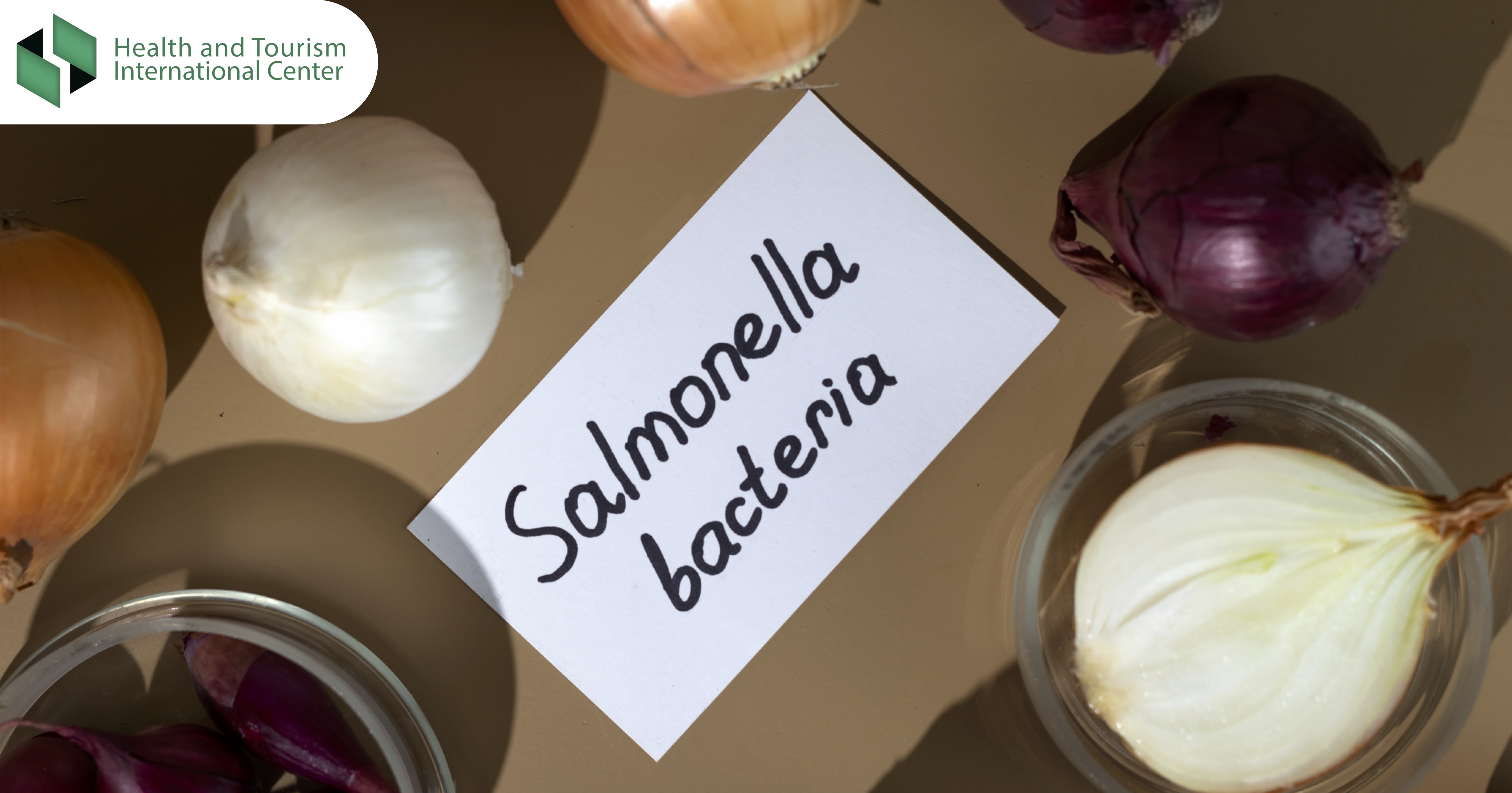Prevention methods.
Salmonella infection, or salmonellosis, is a common bacterial disease that affects the digestive system.
The infection enters the human body through contaminated water or food.
In a large percentage of clinical cases, salmonellosis causes the following symptoms:
- Diarrhea;
- Heat;
- Abdominal spasm;
- Nausea;
- Vomiting;
- Shivering, chills;
- Headache;
- The patient may notice blood in the stool.
A practically healthy person easily copes with the infection, although in some clinical cases it is so severe (dehydration, bacteremia, reactive arthritis and other types of complications) that it becomes necessary to hospitalize the patient.
The risk group includes:
- Babies and children;
- Elderly people;
- People with weak immunity;
- Pregnant women;
- A person who has undergone a transplant.
Effective methods of prevention are:
- Taking care of personal hygiene (wash your hands often);
- Proper preparation of food;
- Do not take raw meat, eggs and dairy products;
- Avoid contaminated water and food.
Be especially careful if you are preparing food or caring for an infant, the elderly, or someone of any age who has a weak immune system.
You should wash your hands with soap for at least 20 seconds if:
- Have used the toilet
- Have changed the diaper;
- Have cleaned the space where there are animal feces;
- Have touch raw meat;
- Have touch pets or other animals, birds or reptiles.
Source:
https://www.mayoclinic.org/diseases-conditions/salmonella/symptoms-causes/syc-20355329

